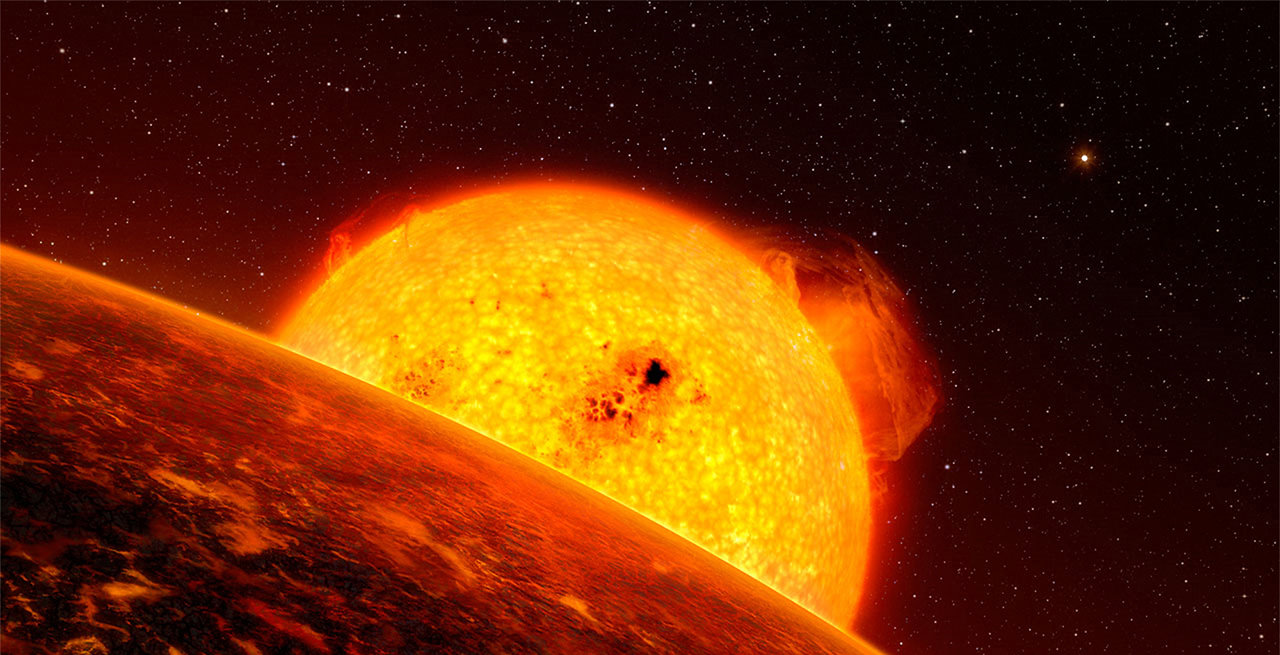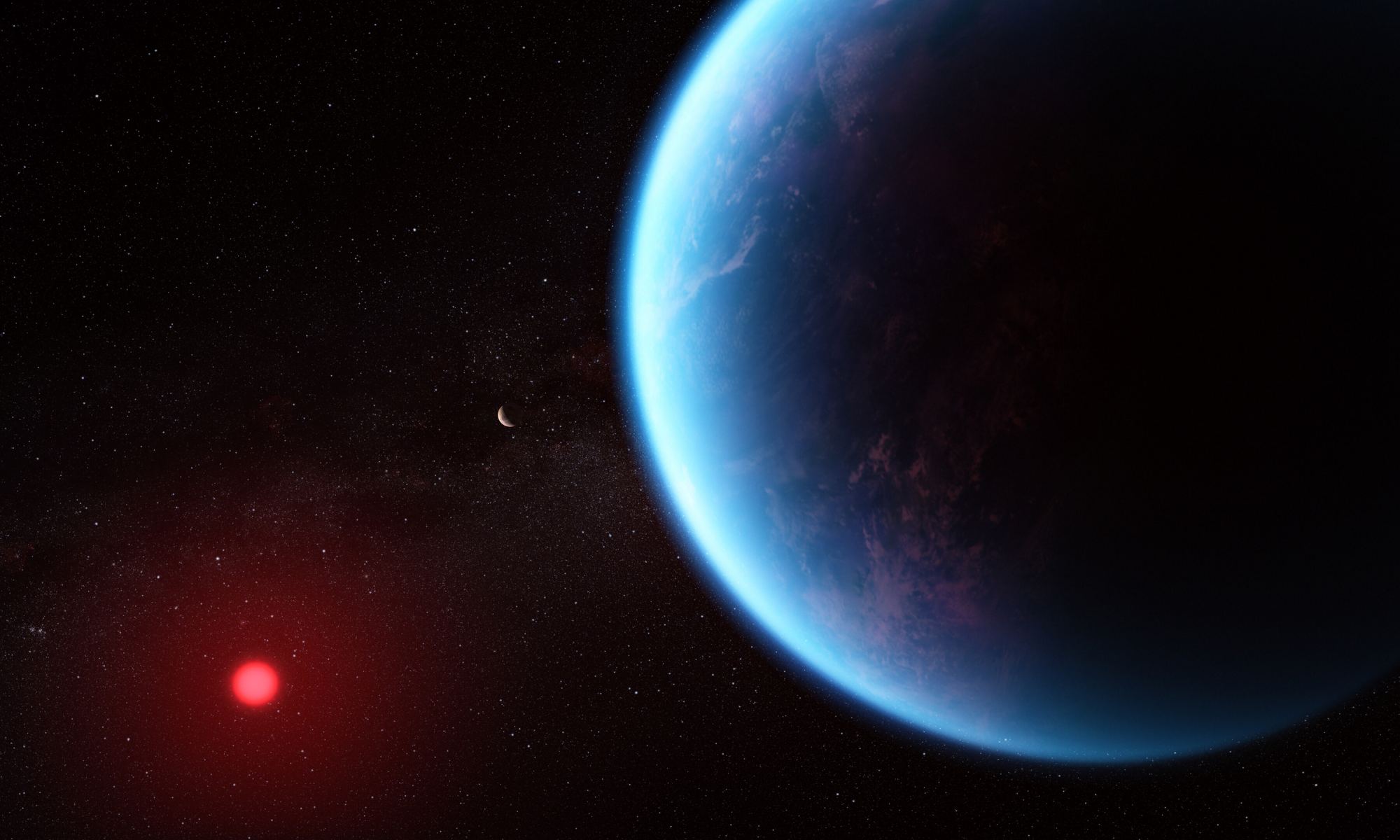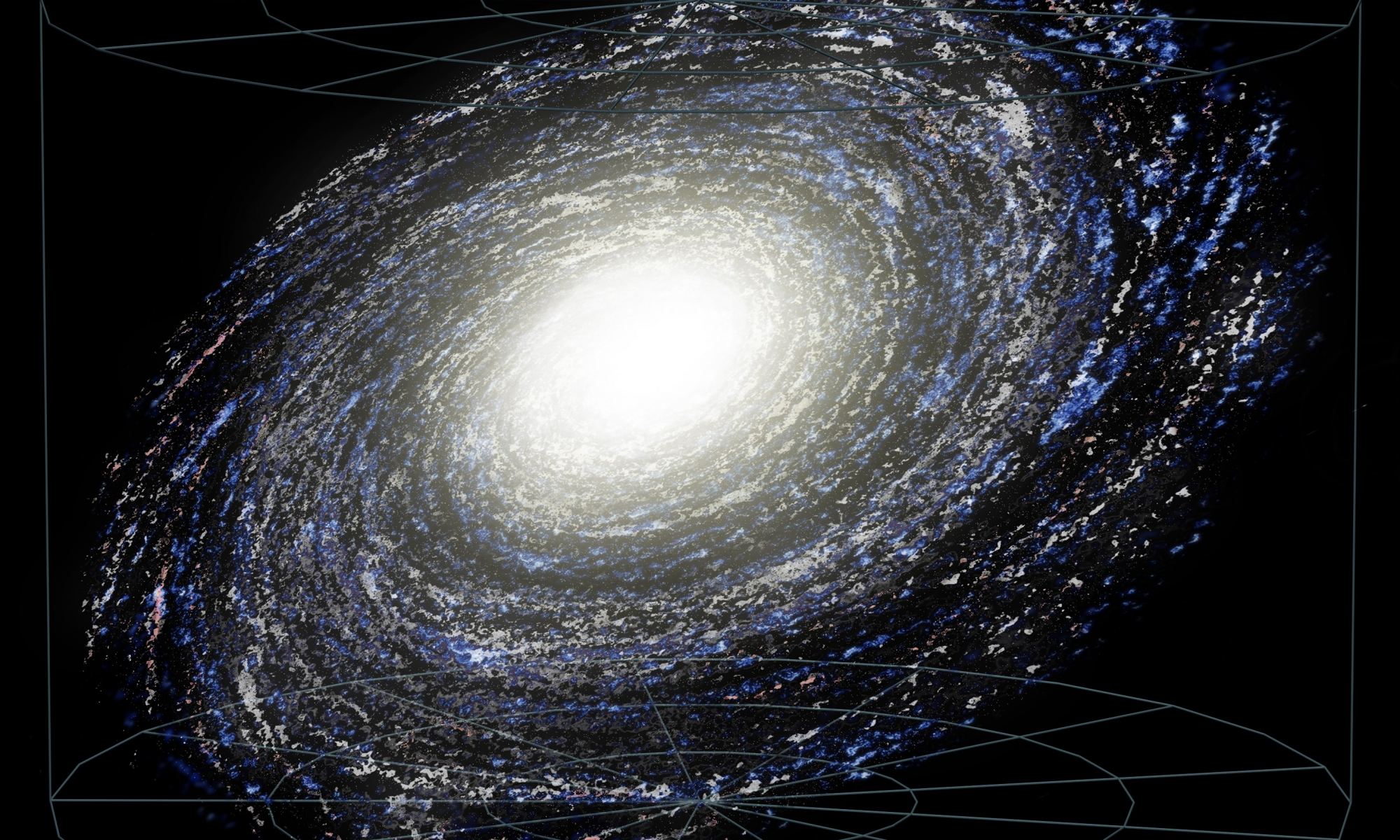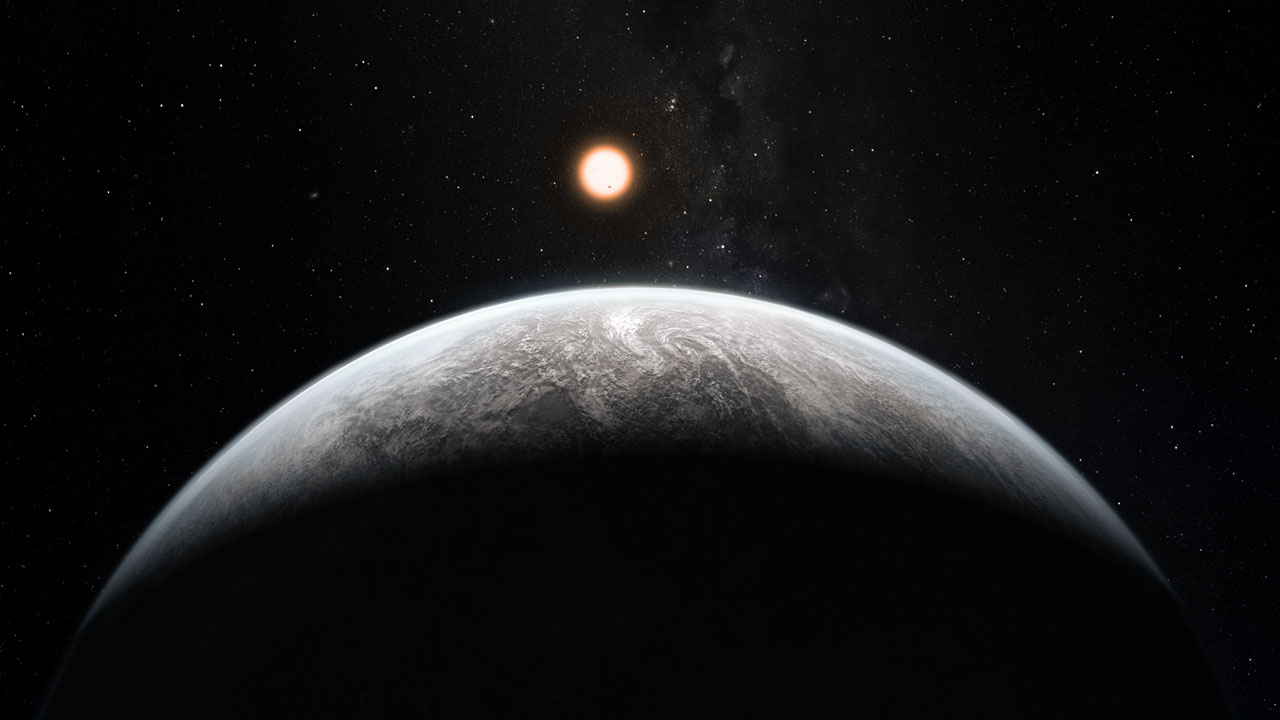Exoplanets are a fascinating aspect of the study of the Universe. TRAPPIST-1 is perhaps one of the most intriguing exoplanet systems discovered to date with no less than 7 Earth-sized worlds. They orbit a red dwarf star which can unfortunately be a little feisty, hurling catastrophic flares out into space. These flares could easily strip atmospheres away from the alien worlds rendering them uninhabitable. A new piece of research suggests this may not be true and that the rocky planets may be able to maintain a stable atmosphere after all.
Continue reading “Red Dwarf Stars Might Be Able to Hold Onto Their Atmospheres After All”Red Dwarf Stars Might Be Able to Hold Onto Their Atmospheres After All










